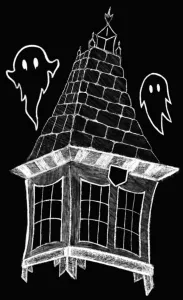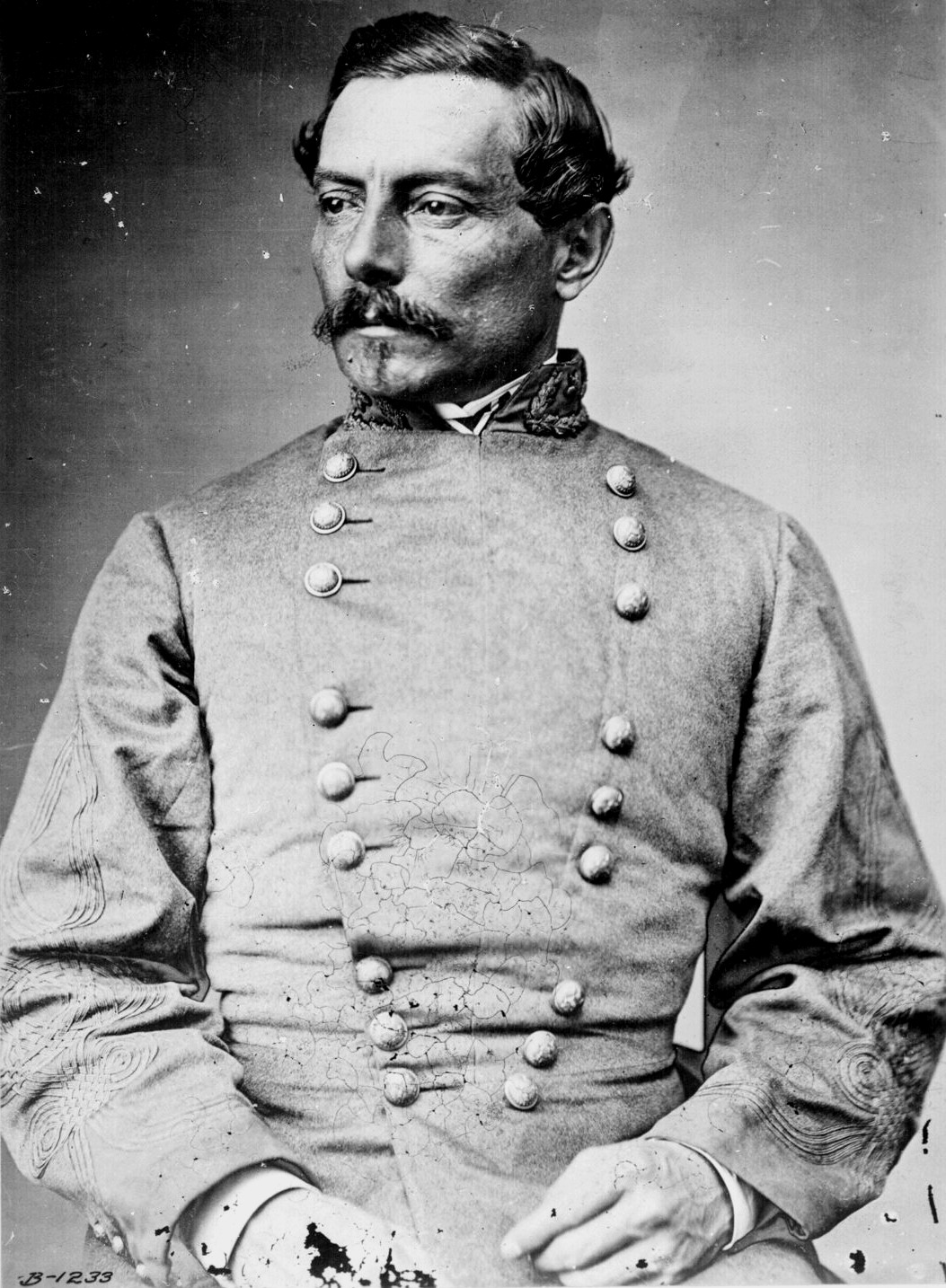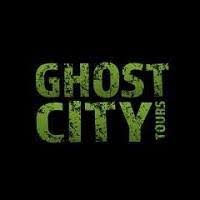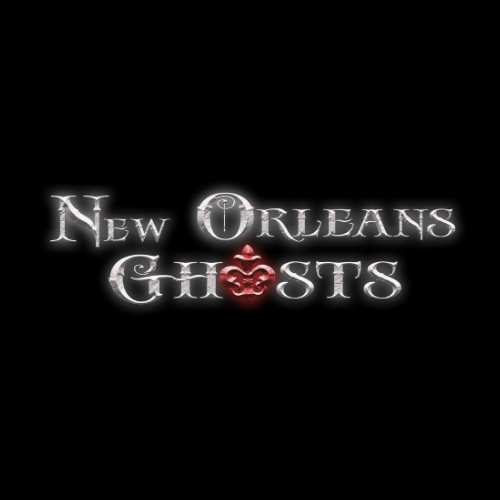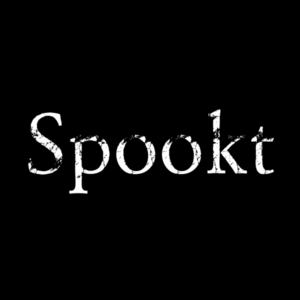A New Orleans gem where whispers of the past linger in every corner. From its construction by enslaved laborers to tales of ghostly Confederate soldiers and mob-related murders, this historic estate is steeped in mystery.
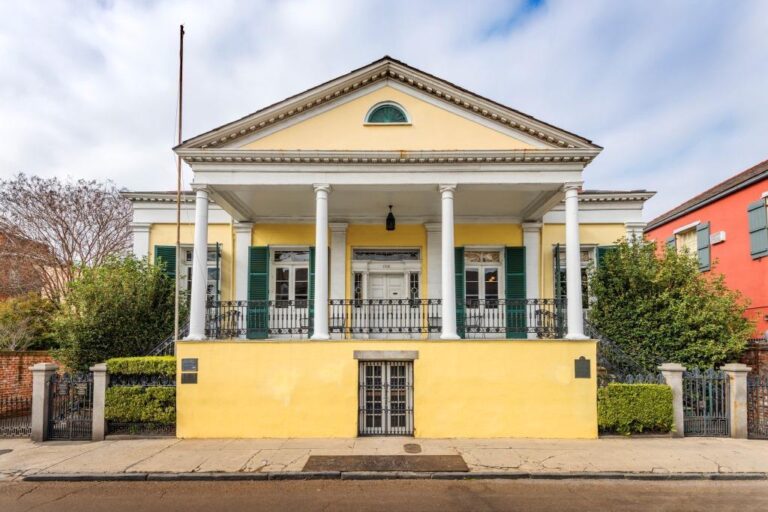
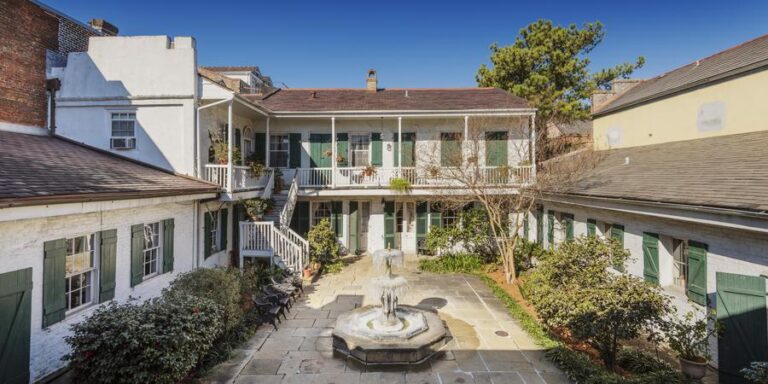
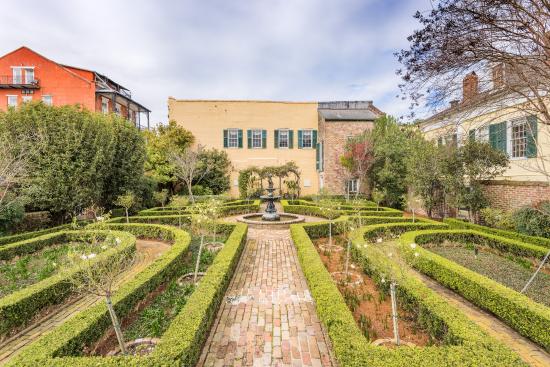
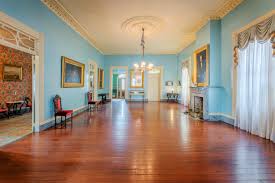
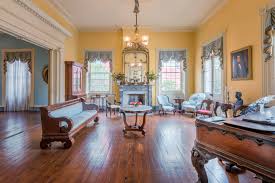
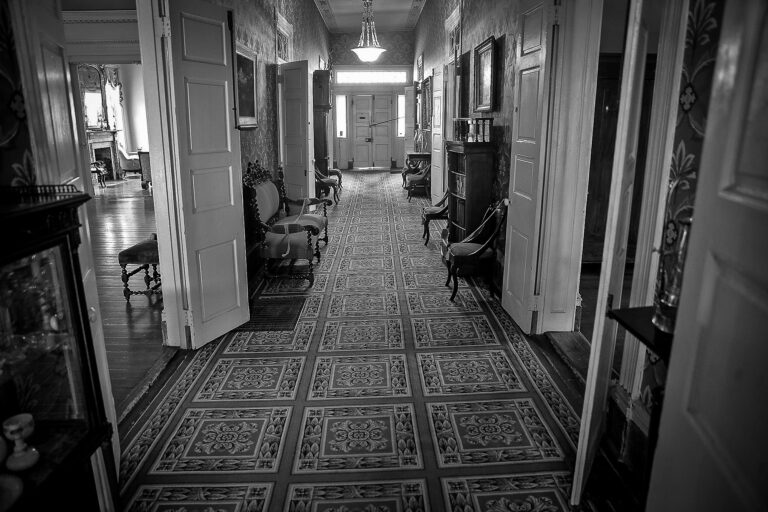
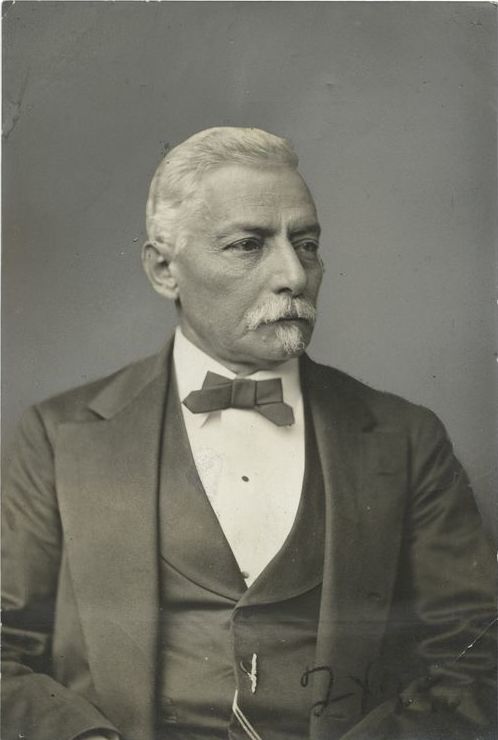
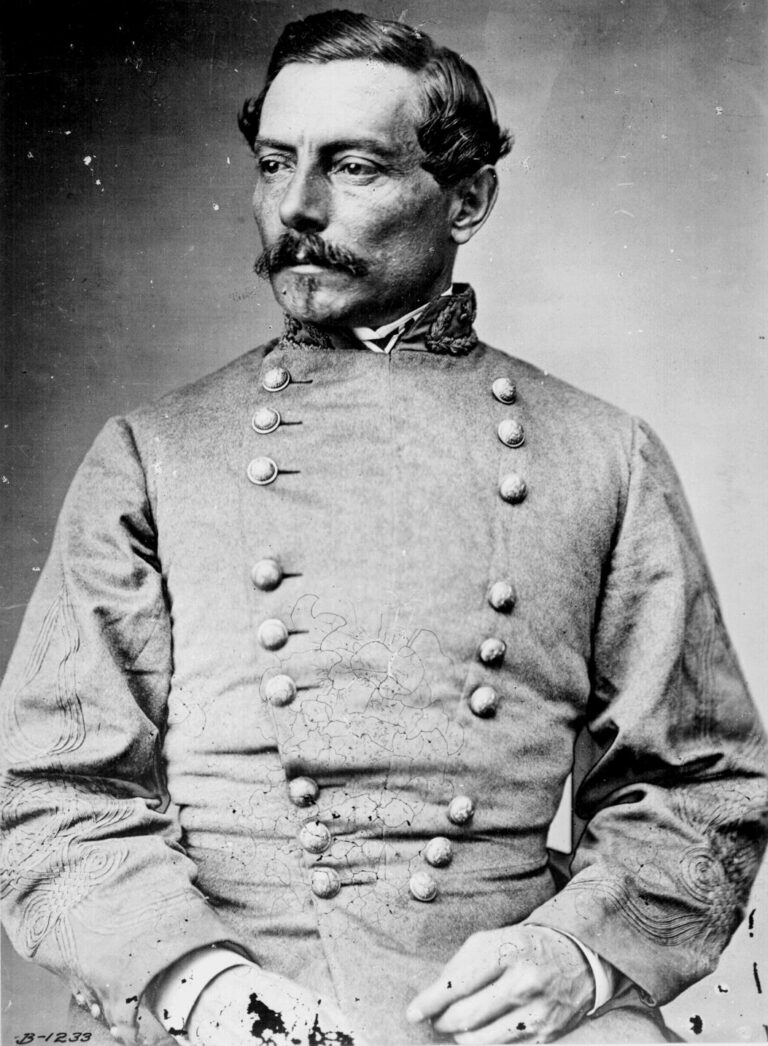
On This Page
History
Nearly 200 years ago in August of 1826, the construction of the historic site now known as the Beauregard-Keyes house was completed at 1113 Charles St. in New Orleans.
Commissioned by a wealthy auctioneer named Joseph Le Carpentier, the home was designed by Baltimore architect Francois Correjolles and assistant James Lambert. Though James was a free Black man, American slavery was still alive and well, and the laborers who constructed the home were likely slaves.
The original owner resided in the home for only a few years, quickly turning over ownership to one John Merle and his wife, Madame Anais Philloppon Merle, who turned the front of the house into an overrun, twisting jungle garden, and erected privacy gates and walls to prevent nosy neighbors from spying on the couple.
Later, in 1841, the Merles left the home and their custom made garden, selling the property to a wealthy widow named Josephine Laveau who began attempting to restore the garden. In 1865, ownership of the home changed again, this time going to a grocery by the name of Dominique Lanata. Lanata had no intention of living in the home, and instead treated the property as an investment and rented it out to willing occupants. Lanata’s first tenant was Pierre Gustave Toutant Beauregard, who would eventually become the property’s namesake.
Pierre Beauregard was a renowned confederate general, having led troops against the North throughout the duration of the Civil War. While away fighting for the confederacy, Beauregard’s wife tragically passed away, and her family auctioned off her family estate, leaving the Beauregards homeless. Upon his return, Pierre rented 1113 Charles St., where he lived with his two sons until his passing in 1893. Despite not having actually owned the property, French Quarter locals began to refer to the house as ‘The Beauregard House’, a name which stuck even after the general’s passing.
Shortly thereafter in 1904, the property was sold once again, this time to Pietro Giacona and his family who had made a fortune from illegal liquor sales. Their line of work made the Giacona family an appealing target for gang and mob affiliated locals who began to grow concerned over the success of the Giacona family’s liquor sales. Any question over who had territory rights was quickly squashed, however, when four prominent members of the local mob were invited to the Beauregard estate and shot dead with their own guns by Pietro and his son. The Giacona’s were never charged and continued to live uninterrupted at 1113 Charles St. for nearly 20 years when the home was put up for auction.
After several unsuccessful attempts to tear down the house by new owners, and much contemplation over what should happen to the property, Frances Parkinson Keyes purchased the Beauregard House in 1945. Keyes, who was an American author most well known for the novel Dinner at Antoine’s, was enchanted by the mystique of the old Beauregard home, and she began renovations immediately, focusing particularly on the overrun garden.
Keyes cared immensely for the property, restoring it completely and maintaining it as her winter home until her death in 1970. Prior to this, Frances established the Keyes Foundation, which has worked to preserve the home and property ever since.
With a long, storied history of complicated residents, the Beauregard-Keyes has become a permanent fixture in American lore, particularly due to the frequent reports of strange things happening on and around the property. Some residents of the French Quarter claim that the house is haunted by past residents, or perhaps one of the men who was murdered in the home. Others claim to smell blood and decay, to hear shouts and voices, and some even believe that the spirits present in the house are powerful enough to drive visitors insane.
Interestingly, rumors of the home’s power to possess a human began with the original owner’s (Joseph Le Carpentier) grandson, Paul Morphy. Morphy was born in the Beauregard-Keyes home and lived there throughout various periods of his adolescence. Paul, who became the world’s youngest chess champion, was an intelligent but quirky man who had suffered from various mental afflictions.
On one occasion, Paul was found a few blocks from the Beauregard-Keyes home fully nude, wielding a hammer, and declaring to the streets that he would attack anyone that tried to stop him. According to Paul, something within the house had possessed him, but no further accounts have been found regarding Paul’s experience in the home, and Paul passed away from unknown causes at 39.
Today, if you want to see the Beauregard-Keyes House, its lush gardens, and its eerie history for yourself, all you need to do is book a tour of the famous residence. Explore the BK house on a guided group tour, or wander the halls by yourself to admire the art, architecture, and gardens.
Video of Historic Overview
Hauntings & Lore
Commissioned by a confederate soldier, built by slaves, owned by gangsters, and eventually purchased by a poet, the Beauregard-Keyes House located at 1113 Charles St. in New Orleans, Louisiana is known by many as one of America’s most haunted houses. Over the years, visitors to this historic site have reported seeing, hearing, smelling, and feeling a paranormal presence, and locals have been reporting regular hauntings for decades.
But, who (or what) could be residing within the walls of this French Quarter estate?
Pierre Gustave Toutant-Beauregard
The original owner of the home and property, Pierre Gustave Toutant-Beauregard was a confederate soldier when he commissioned the building of the estate. Pierre, who dedicated most of his career to fighting the Union and supporting the Confederate Army, did not reside in the home long, but that hasn’t stopped many from speculating that his ghost may still wander the property.
Some reports claim that Pierre’s spirit remains trapped within the home, reliving the battles fought in the Civil War over and over again with the ghosts of confederate soldiers. Some people have reported seeing full apparitions dressed in Civil War-era military regalia, or have claimed to hear gunshots coming from nowhere in the middle of the night. Others still have said that the home sometimes smells of cannon smoke and that the spirits practice fighting tactics nightly.
Slaves
When the Beauregard-Keyes home was constructed in 1926, slavery was still widely accepted and entirely legal. Because of this, the workforce tasked with building the home was likely comprised of unpaid slave laborers. According to some, the suffering endured during the building process attached the spirits of these men to the home, and some visitors claim to be able to hear them scream inside the walls of the BK house at night.
Mobsters
When Pietro Giacona, a “liquor wholesaler” moved into the Beauregard-Keyes house with his family, they began to receive a lot of attention from the local mob. Making a pretty penny off illegal liquor sales was one thing, but when Giacona began infiltrating the territory run by the Mob, tensions began to rise. Rather than wait for the gangsters to take matters into their own hands, Pietro invited three high-ranking mobsters to his home for dinner, where he and his son ambushed the visitors, shooting them to death with their own guns. Some believe that the direct killing of three men in the home resulted in their souls attaching to the home where they still remain to this day.
Frances Parkinson Keyes
An author and poet with an eye for beauty, Frances Parkinson Keyes was the final owner of the Beauregard-Keyes House before turning it into a museum and historical site. Frances worked to restore the building, using the proceeds from her various novels and money earned from her late husbands to accomplish the task. A wealthy, social lady well into her old age, Frances spent winters in New Orleans at the BK house, eventually passing away in 1970. According to some, it is Frances that wanders the halls of the BK house, checking to be sure her home is being maintained, and keeping an eye on her garden.
A Mysterious Entity
Though there are plenty of theories as to who the spirit connected to the Beauregard-Keyes House may be, there are some who believe that it is some mysterious and evil entity, capable of driving people insane. Besides the murders and somewhat strange behavior exhibited by some inhabitants of the Beauregard-Keyes House, the grandson (Paul Morphy) of original owner Pierre Toutant-Beauregard expressed firsthand that something within the home had made him lose his mind.
A world-renowned chess champion as a child, Paul was discovered by the police naked, terrified, and holding a hammer as he sprinted down the street in the middle of the New Orleans French Quarter. After spewing obscenities and threatening to hurt anyone in his path, Paul eventually returned to a sound state of mind but claimed that something in the house had possessed him.
It is still unclear who or what exactly haunts the halls of the Beauregard-Keyes House, but there is still plenty of time to solve the mystery. Visit the Beauregard-Keyes House yourself for a tour, and listen carefully to see if you can hear the screams, cries, and cursings of the home’s previous tenants.
Location
1113 Chartres St, New Orleans, LA 70116, USA
